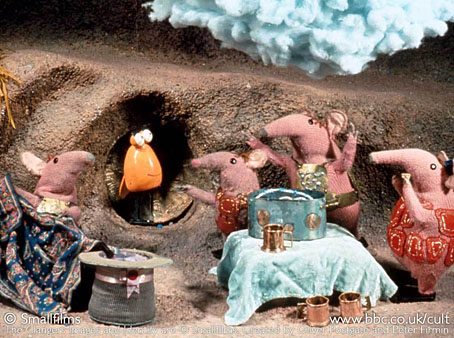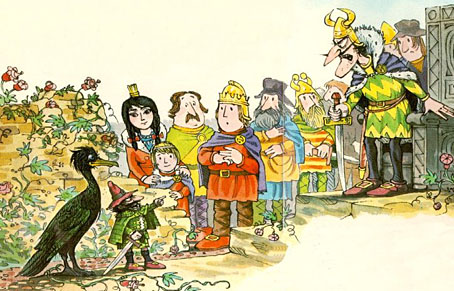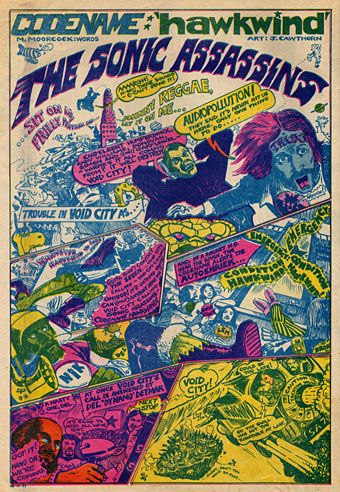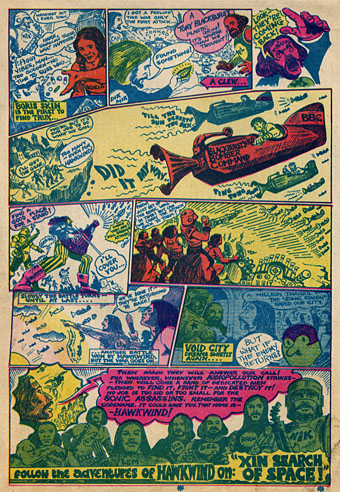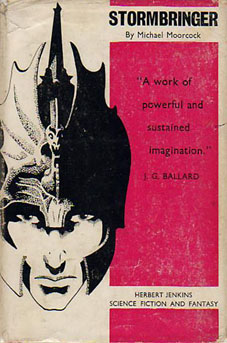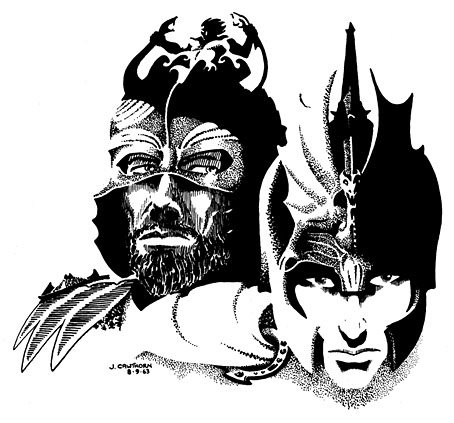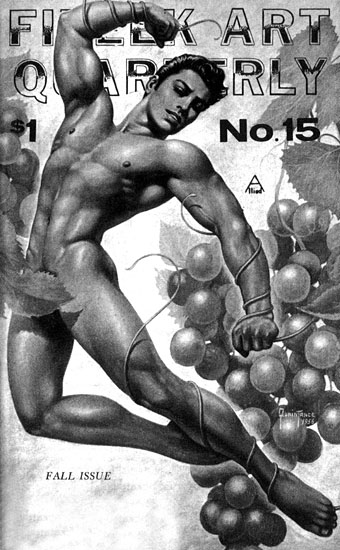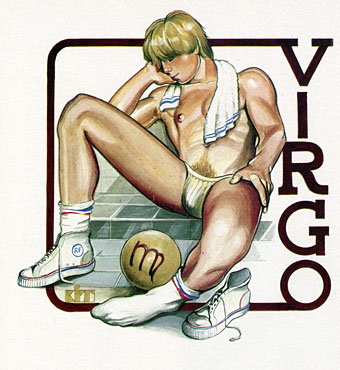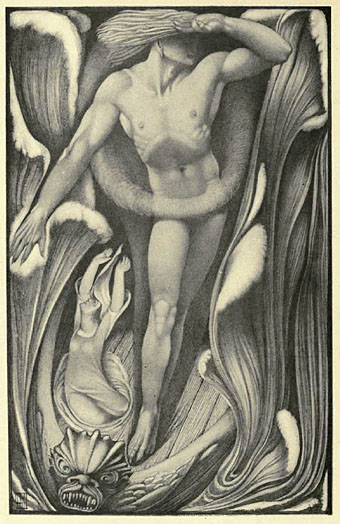The Clangers (and a Froglet).
Lots of eulogies for Oliver Postgate doing the rounds just now, somewhat inevitable when his Smallfilms productions for the BBC furnished the imaginations of generations of British children in the Sixties and Seventies. Smallfilms’ films matched their name, being short animations created on minimal budgets by a trio of Postgate (writing, narration), Peter Firmin (artwork and animation) and Vernon Elliot (music). Postgate’s voice was the single constant across the disparate stories. For anyone of a certain age his distinctive tones carry that punch of primal recognition common to all things which make a strong impression during childhood.
Noggin the Nog.
I watched everything Smallfilms produced but being a space-obsessed Space Age kid my favourites were always The Clangers, a family of hooting, pink creatures who shared a moon-like planetoid with a Soup Dragon and (in an orbiting nest) an Iron Chicken. Being equally obsessed with Norse mythology, however, I also enjoyed Noggin the Nog, which never seemed to get repeated very often, probably because the early films were made in black and white. Oliver Postgate seemed to like dragons; as well as the Soup Dragon, Noggin had a very traditional Ice Dragon with a pile of treasure while the otherwise non-fantasy Ivor the Engine—tales of a small Welsh steam train—included a tiny dragon among the cast of characters, perhaps derived from the national emblem of Wales. Postgate and Peter Firmin reworked some of these stories into book form and my favourite books in our school library were the Noggin the Nog ones and Tove Jansson’s tales of the Moomins. The Clangers aren’t as alien as they first appear when you know that their true identity can be found in the 1967 tale of Noggin and the Moon Mouse.
Needless to say, YouTube has numerous opportunities for us to sate curiosity or indulge nostalgia, including BBC 4’s 2005 documentary about Smallfilms. The Guardian gathered a few choice examples as an addendum to their obituary page.
• Lengthy Times obituary
• The homespun genius of Oliver Postgate
• See Emily play | The BBC meets the girl from Bagpuss
Previously on { feuilleton }
• Occultism for kids

